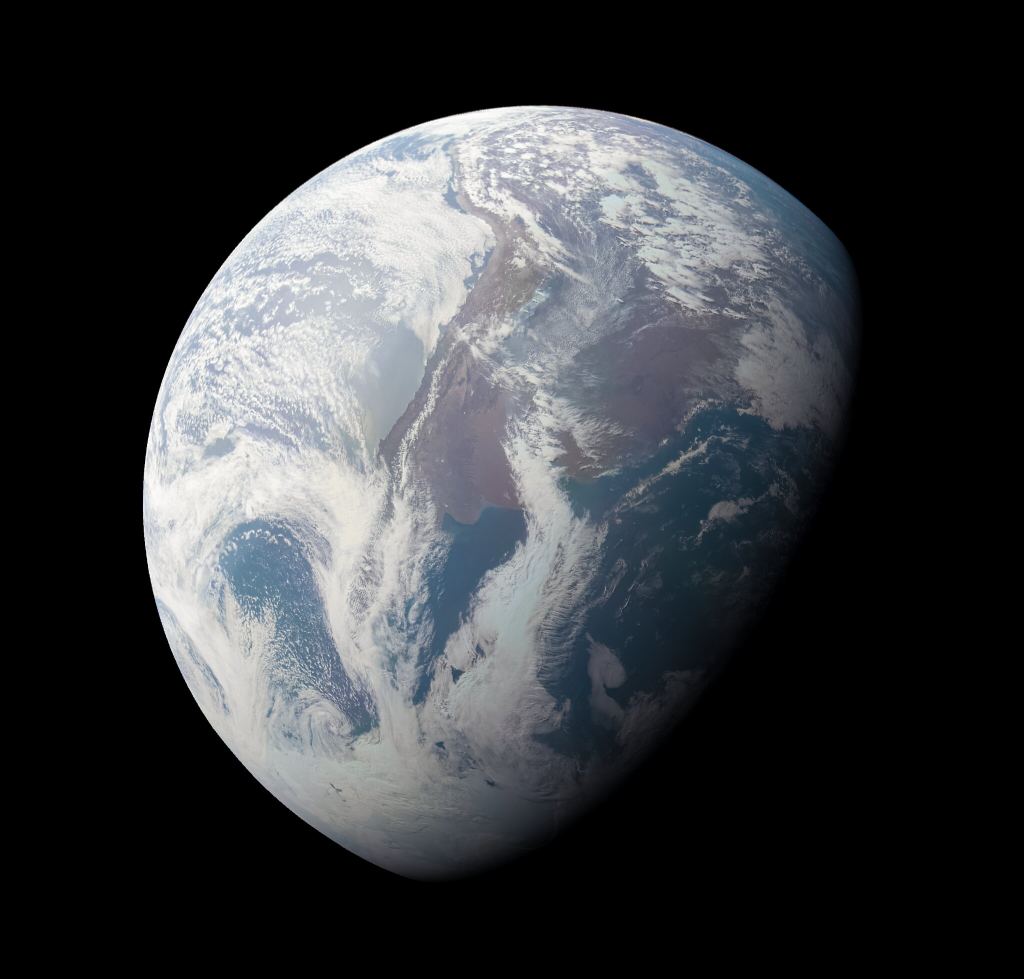Visualizations shape how we perceive space exploration. Whether it's the Pale Blue Dot, the Hubble Ultra Deep Field, Earthrise, or any other myriad images captured as part of this great endeavor, they all help inspire the next generation of explorers. Now, with advances in image capture and processing technology, we can finally start to take the next step in those visualizations - video. Ingenuity was recently captured on video during its first flight a few months ago. And this week, NASA released a breathtaking video of Juno’s view of Jupiter and Ganymede, one of its moons, as it flew past the gas giant.
The views themselves are stunning, with lightning flashing on Jupiter's night side and Ganymede's textured terrain coming across in full force. However, Juno was still busy capturing scientific data in addition to these spectacular images.
Video NASA has released from Juno.Credit - NASA YouTube ChannelAfter arriving in the Jupiter system in 2016, Juno has spent the past five years swinging its suite of scientific instruments across the system. It is coming up on its 35th Perijove - the point where it is closest in its orbit to Jupiter - on July 20th, which also happens to be the end of the first mission extension. That mission has now been extended again through September 2025, with more than 40 more Perijoves expected in that time frame, more than doubling the current scientific data haul.
That data haul has included plenty of stories we've touched on here before at UT, including finding a meteor strike and solving a mystery Galileo had found. But this new mission extension is allowing Juno to do something it has never done before - visit Jupiter's moons.
Ganymede, the largest moon in the solar system, is the first of those, and Juno visited it in June. The images form part of the video from NASA, but also are also breathtaking as still images. But yet again, Juno's suite of instruments aren't only interested in visible light, but are also busy collecting data in other spectra as well, including trying to learn more about Ganymede's potential subsurface ocean, which might potentially be the largest in the solar system.
There are plenty of other moons to explore in the system as well. So far we know of 79, including some of the most interesting anywhere in the solar system, such as Io and Europa. As new images come back from all the additional places Juno will now visit, we can expect an even more spectacular video with even more celestial bodies before the mission comes to an end in 2025.
Learn More:
CNET - Watch a wondrous NASA flyby video of Jupiter and its moon Ganymede
Business Insider - A mesmerizing NASA video lets you ride with the Juno spacecraft as it flies by Jupiter and its largest moon
EarthSky - Ride Along With Juno Past Ganymede And Jupiter
Lead Image:
Screen shot of the video from Juno NASA recently released showing Jupiter, as seen about 3 minutes into the video
Credit - NASA YouTube Channel
 Universe Today
Universe Today

